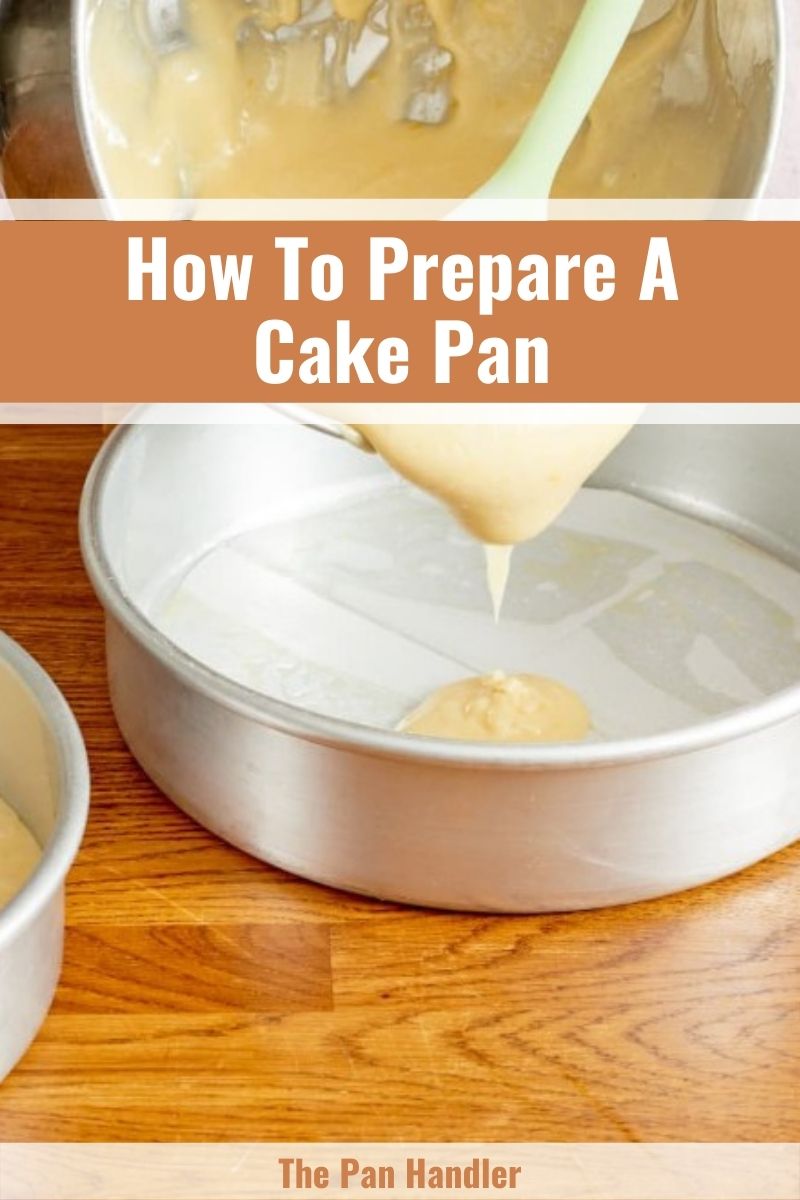A party isn’t complete without a cake! You would find yourself running to your favorite cake shop to get some. However, what happens when you want to make one? Well, one of the very first things you need to learn is how to prepare a cake pan!
What Is A Cake Pan?
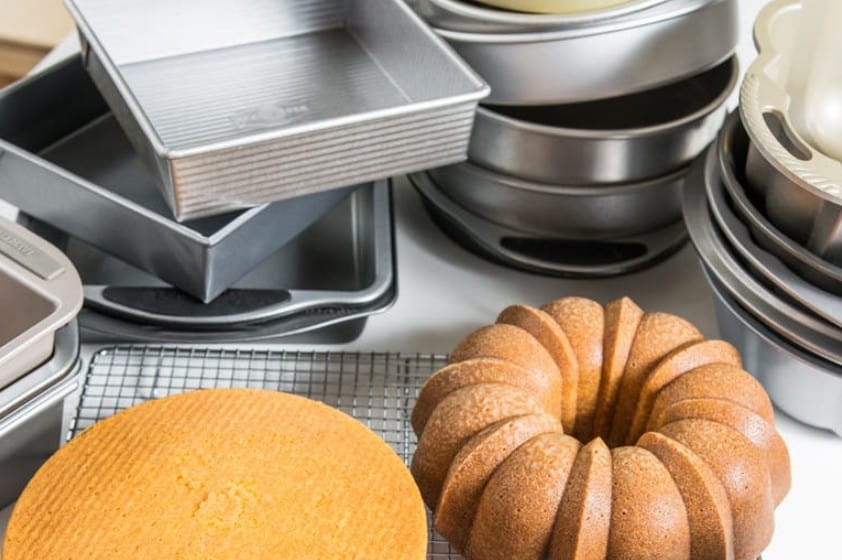
The cakes we know now are quite different from those of the past. Cakes in ancient times were more like bread with honey, dried fruits, and nuts. However, as time went by, cakes evolved to what it is today.
As more equipment was invented and new techniques were discovered, making cakes became easier and more varied. One of the key components of cake making has been the cake pan. But what is it exactly?
A cake pan is a pan made primarily for baking. It usually comes in various shapes including the following:
- Round
- Rectangular
- Square
There are also more unconventional shapes available. Cake pans also come in different sizes. With that said, it’s clear that when it comes to cake pans, you have so many options to choose from. It all depends on the size and shape you want your cake to be.
What Are Cake Pans Made Of?
Back in the days, when cake pans were not a thing yet, people would bake cakes using cake molds made of copper or tin. They also had tin hoops that they used to hold the batter together.
Nowadays, you can get cake pans made of different materials. With these, you have more options for your cakes.
Aluminum
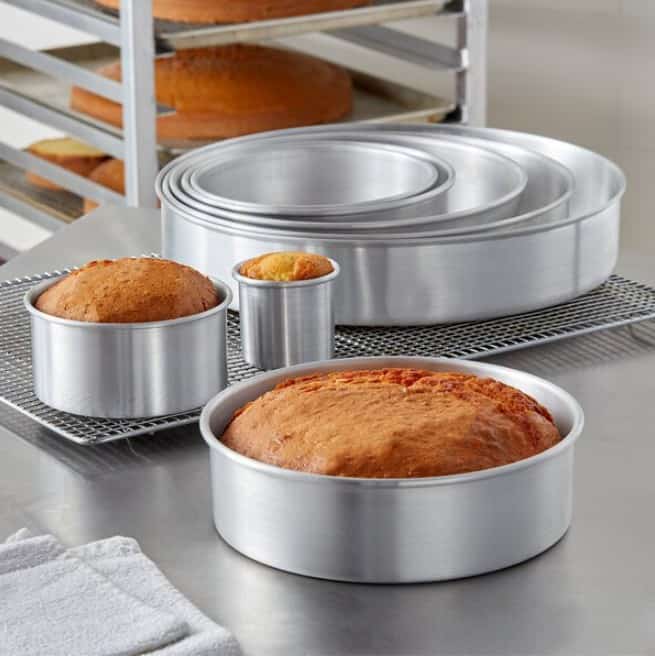
One of the most popular materials for cake pans is Aluminum. If you went into cake shops, you would see silver cake pans and sheets. These are from aluminum. Why is this kind of cake pan so popular?
Aluminum is a good conductor of heat. It’s also very durable. Another noteworthy characteristic of aluminum cake pans is that they are rust-proof.
Aluminized steel
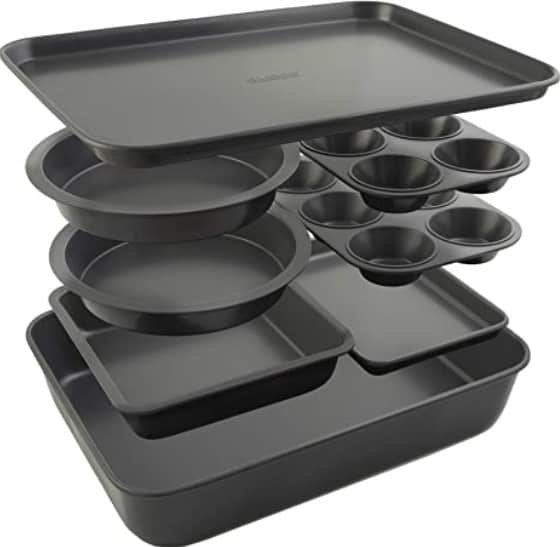
Another popular material for cake pans is Aluminized steel. This kind of cake pan is covered with some aluminum-silicon alloy coating. This material sticks to the steel, shielding it from possible corrosion.
Other Materials
Apart from these two popular options, there are also other cake pans out there. However, use these with caution.
There are non-stick cake pans that you can use. While the pan is coated with a non-stick coating, it’s receptive to scrapes and abrasions, which can lead to rust.
Some have also turned to glass pans for their cakes. But since glass is prone to breakage, especially when the temperature is very high, you are better off using another alternative.
Preparing A Cake Pan
If you want to bake cakes successfully, you should have appropriate baking pans. The baking pans need to be prepared beforehand. There are different ways of preparing a cake pan. Here are the things you need to take note of before any baking can happen:
Use Parchment Paper
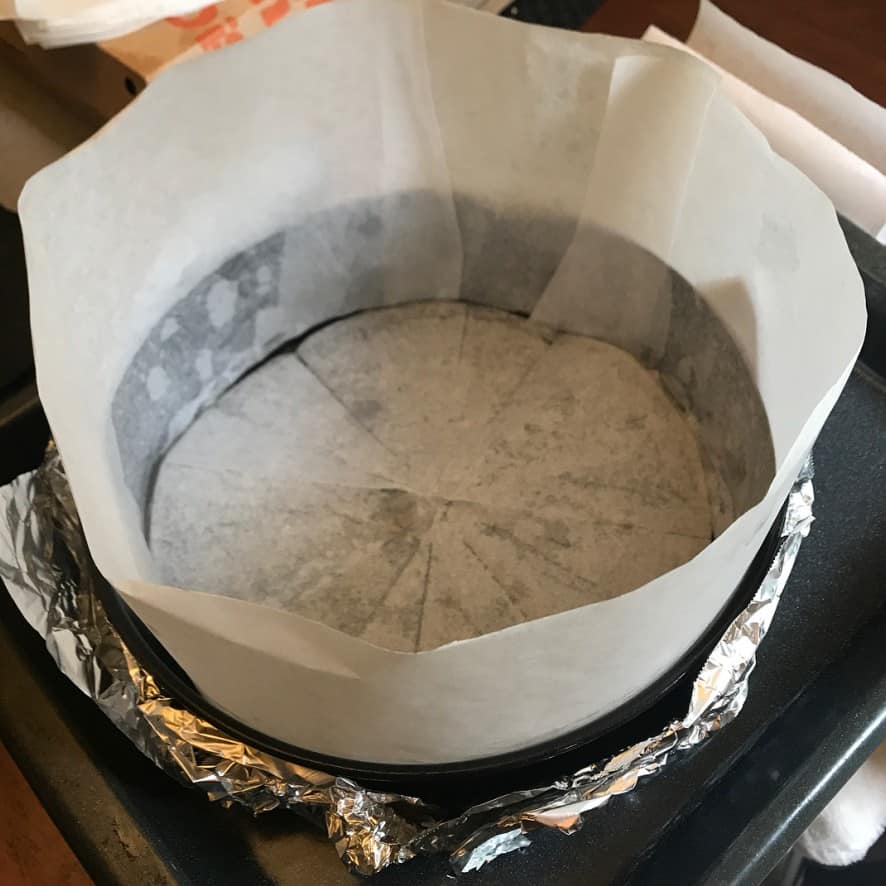
This material is not just for writing. In modern times, it’s probably more popular in the cooking and baking world.
Before pouring the cake batter into the baking pan, you need to line the platter with parchment paper. If you want the parchment paper to fit well in the pan, you can just trace and cut it accordingly. There is also round-shaped parchment paper that’s perfect for round baking pans. If it’s too big for the baking pan, you can just remove the excess paper.
One of the main reasons why we use parchment paper in cake pans is to avoid sticking. Once the cake is done, it’s easy to remove it from the cake pan. If you don’t use parchment paper, the bottom of the cake might stick to the pan, leaving you with a messy bottom.
If there are cake residues at the bottom of the cake pan, it would require more time and energy to clean it. If you don’t remove these residues properly, you risk damaging the cake pan. If you want to avoid any of that, it’s best to use parchment paper!
Butter and Flour
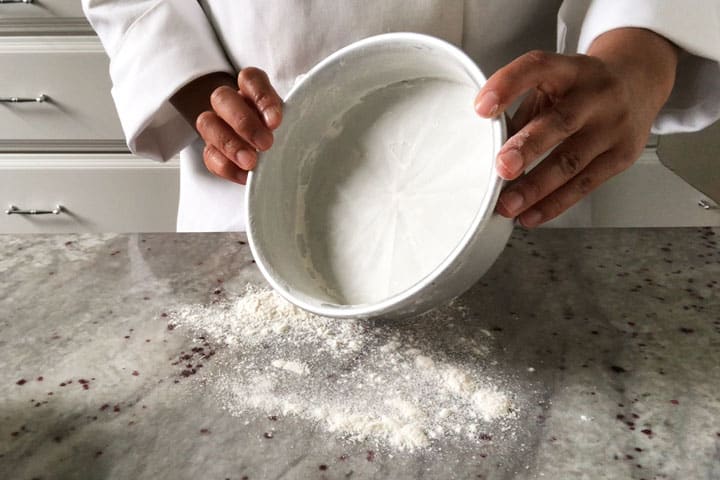
If you don’t have parchment paper at home, you can make use of the tried and tested method using butter and flour. The combination of these two items would form some sort of barricade between the cake batter and the cake pan.
Greasing the cake pan with butter and flour is easy to do. There aren’t any complicated techniques or anything like that. You might want to use the same flour you used in the cake batter.
The process starts with coating the cake pan with butter. It’s easier to work with room-temperature butter. The greasing process would be smoother.
Once the cake pan has been coated with butter, it’s time to cover it with flour. Get a pinch of flour and sprinkle it on the pan. You can repeat the process until you have fully covered the cake pan.
Apart from the flour and butter combo, some people add parchment paper to the mix. After coating the bottom of the cake pan with butter and flour, they cover it with parchment paper. They then do another round of butter and flour to coat the parchment paper.
This double coating method works wonders. So if you have all these items at home, you can try this and see how it turns out! If it works for others, it might work for you as well!
Baking Spray
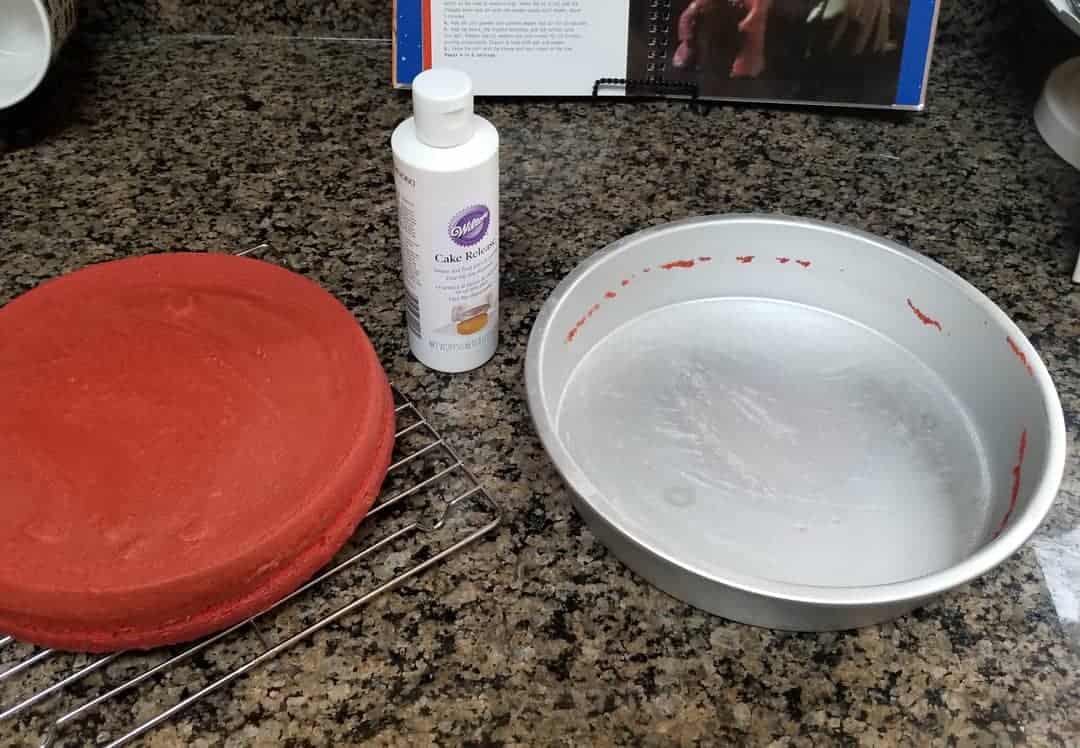
If you can find non-stick baking sprays at your local grocery store, then good for you! It’s a convenient way to prepare your cake pan for baking.
There are so many non-stick baking sprays in the market. You can choose the one that works best for you. You might want to do some sort of trial and error to check which one you like best.
It’s easy to work with baking spray. Just follow the instructions then you are good to go. It usually involves just pointing the nozzle of the spray at a considerate distance from the pan and spraying it.
DIY Pan Grease
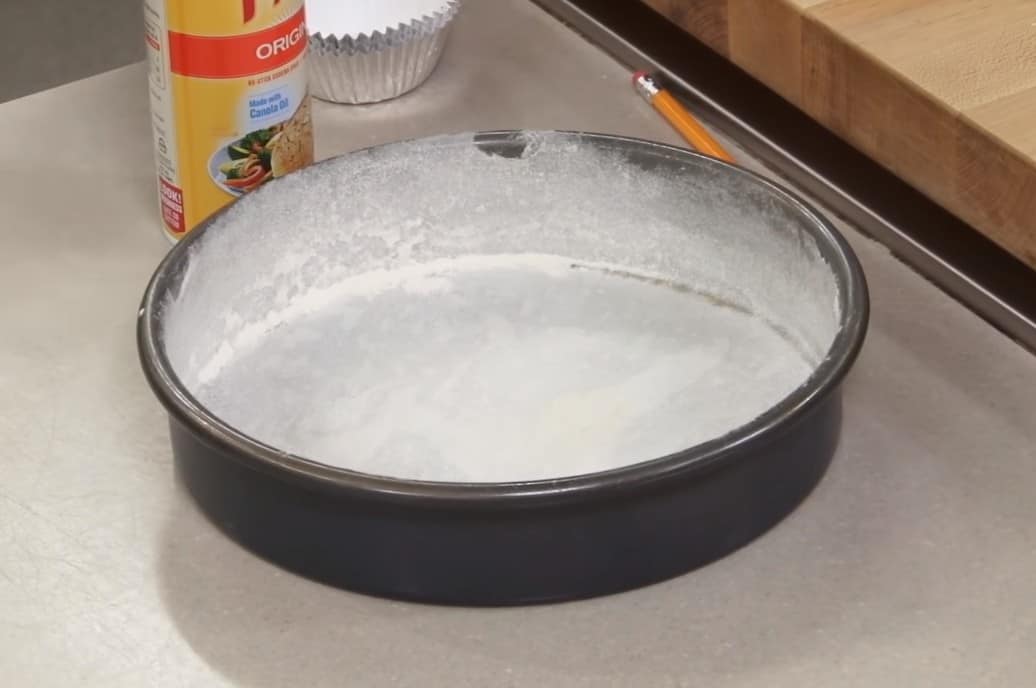
If you want to do something from scratch, feel free to make your pan grease. If you are confident with your baking skills, this would be a breeze for you! To make your homemade pan grease, you need the following ingredients:
- Shortening
- Flour
- Vegetable Oil
Make sure you have all three before you start, the rule is to use equal amounts of each ingredient. Combine all three ingredients in a bowl and beat them together. Do this for about five to 10 minutes, depending on how it turns out. The mixture should be white. Its texture should be fluffy with no lumps.
Once you are satisfied with the consistency and texture, you can start using your pan grease. Coat your cake pan with it by brushing the surface- from the bottom to the sides.
After baking, if the cake sticks to the cake pan, then you might want to reevaluate the pan grease you made. You might need to make some adjustments until you can perfect it!
Keeping Your Cake Pans Clean
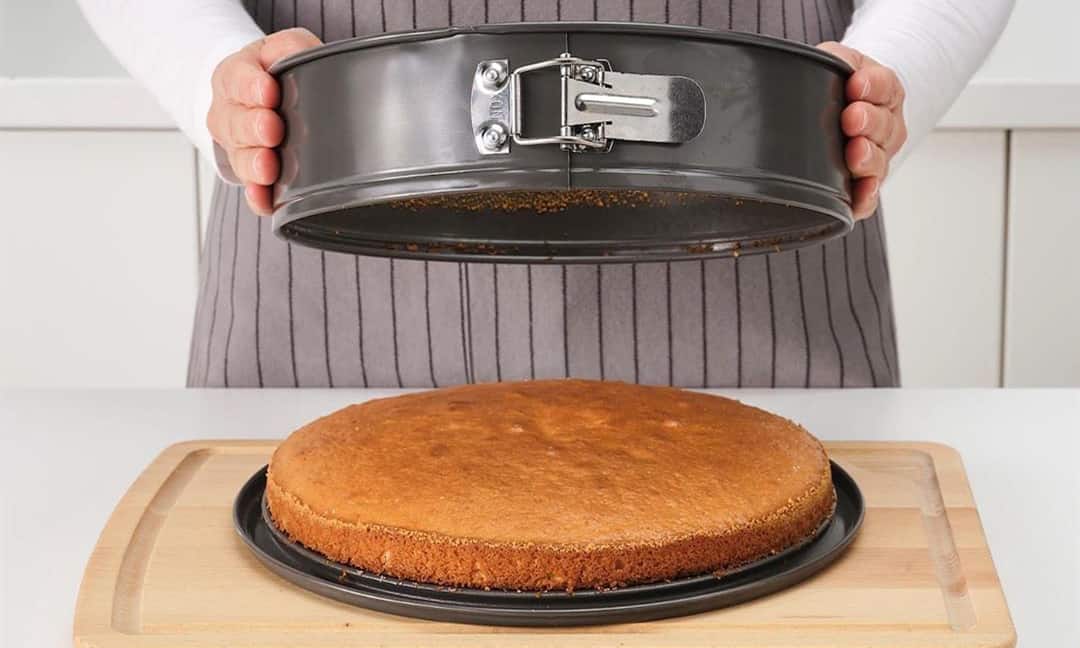
You need to know how to keep the cake pans clean, regardless of their size, shape, or material. You need to figure out how to maintain your cake pans to ensure their longevity. The baking equipment you have, including the cake pans, is an investment. You want to make sure you get your money’s worth.
Before using the cake pan for baking, ensure it is clean. After every use, make sure you wash off any residues. There might be some grease, butter, or flour left on the surface of the cake pan. The longer these stay on the cake pan, the harder it would be to remove them.
It’s so much easier to prepare the cake pans for future baking sessions if they are already clean and ready to go. All you have to do is rinse and dry it, then either line it with parchment paper or apply your chosen coating.
Learn How To Prepare A Cake Pan Now!
If you are new to baking, it’s normal to run into some mishaps. You need to learn and master some skills, including how to prepare your cake pans as you progress. Preparing your cake pans is a crucial aspect of baking that shouldn’t be overlooked.
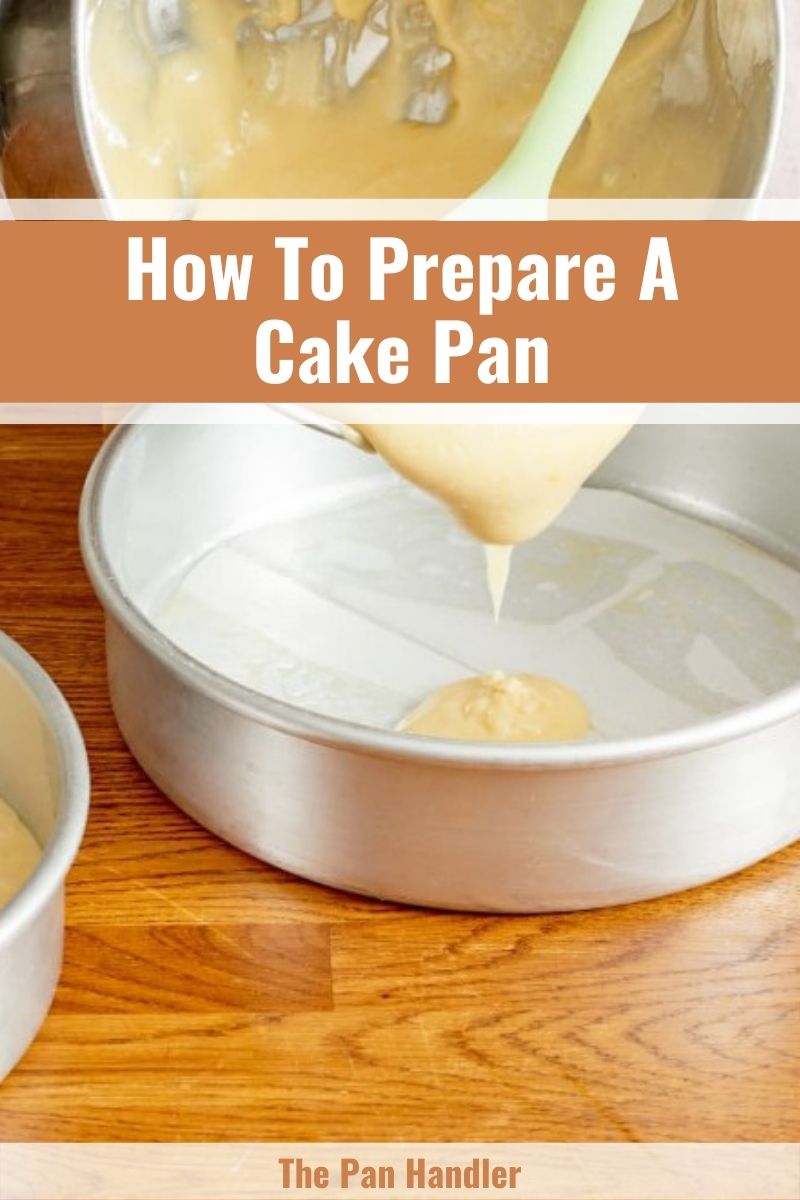

Michael Johnson is the founder of Pan Mastery, Inspired by his blacksmith grandfather’s legacy has a deep appreciation for hand-crafted pots and pans, he provides invaluable guides, reviews, and recipes to enhance your culinary journey.

